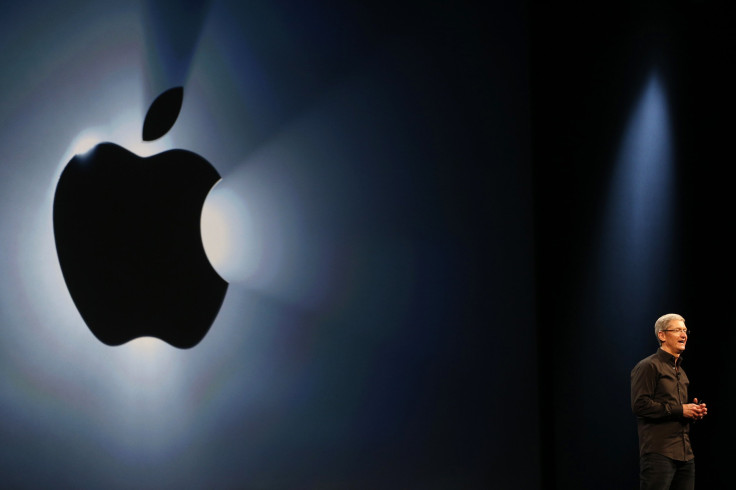Project Titan: Apple Scientists Disclose Research Paper On Autonomous Technology, 3D Detection

Computer scientists at Apple have released a research paper online on how autonomous cars can better detect cyclists and pedestrians while using fewer sensors, Reuters first spotted.
The paper comes after Apple CEO Tim Cook clarified in June that the company was not building its own self-driving vehicle, but was instead focusing on an autonomous car system. It also follows a recent spotting of Apple’s self-driving test Lexus SUV last month. Apple has been low-key about its autonomous technology plans, but the research paper finally shows how invested the company is in self-driving cars.
The research paper, submitted last week to the journal arXiv, was written by Apple scientists Yin Zhou and Oncel Tuzel. In the paper, Zhou and Tuzel proposed a new software approach called VoxelNet, which would help computers detect 3D objects.
The paper reads:
“Most existing methods in LiDAR-based 3D detection rely on hand-crafted feature representations, for example, a bird’s eye view projection. In this paper, we remove the bottleneck of manual feature engineering and propose VoxelNet, a novel end-to-end trainable deep architecture for point cloud based 3D detection. Our approach can operate directly on sparse 3D points and capture 3D shape information effectively.”
Autonomous vehicle usually use both 2D cameras and depth-sensing “LiDAR” units to recognize their surrounding environment. The equipment provides depth information, however their low resolution makes it difficult to detect small objects that are far away without the help from a normal camera that is linked in real-time. Apple scientists said the new VoxelNet software “achieves highly encouraging results in detecting pedestrians and cyclists from LiDAR point cloud.”
“On more challenging tasks, such as 3D detection of pedestrians and cyclists, VoxelNet also demonstrates encouraging results showing that it provides a better 3D representation,” the scientists wrote. “Future work includes extending VoxelNet for joint LiDAR and image based end-to-end 3D detection to further improve detection and localization accuracy.”
While academics are used to sharing their findings with those in other organizations, Apple has been more secretive. In July, Apple launched the Apple Machine Learning Journal for its researchers. The recent paper seems to be the first time Apple publicly shares information on autonomous technology.
Apple is said to have started working on it self-driving ambitions, dubbed Project Titan, in 2014. In April, the company reportedly hired three former NASA engineers for the project. The engineers previously worked in detection of 3D objects and motion planning algorithms, and were reportedly supposed to test self-driving software.
In the same month the engineers were hired, Apple received permission from the state of California to test autonomous technology. Apple’s DMV documents included a copy of the testing process Apple used to certify six drivers who will pilot three modified 2015 Lexus RX450h vehicles for its autonomous technology.
Last month, a short video of Project Titan’s test Lexus SUV was uploaded on Twitter. The clip shows the top of the vehicle equipped with 6 LiDARS on the front and back.
Going to need more than 140 characters to go over 🍎's Project Titan. I call it "The Thing" pic.twitter.com/sLDJd7iYSa
— MacCallister Higgins (@macjshiggins) October 17, 2017
© Copyright IBTimes 2024. All rights reserved.





















